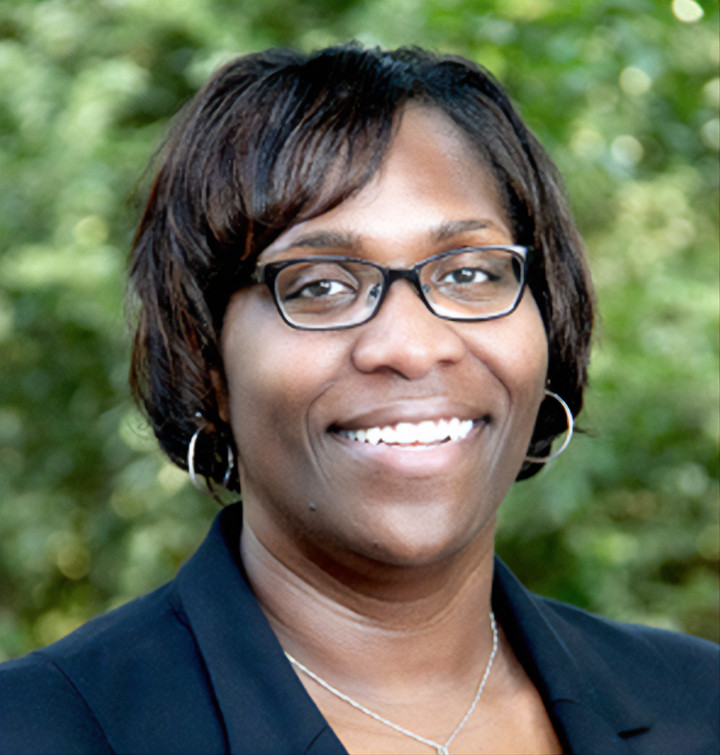May 20, 2022
Serendipity to the rescue
The story of how a chance encounter super-charged a UGA breast cancer research project

Sometimes a little luck can change the course of scientific research. Cheryl Gomillion at the University of Georgia, who earlier this year received a major award from the National Science Foundation (NSF), can testify to that.
Gomillion is an assistant professor and a specialist in tissue engineering and regenerative medicine. Her current focus is using engineered approaches to solve the deadly spread of breast cancer, or metastasis.
In metastasis, cancer cells leave their native site and migrate to the bones, lungs or elsewhere in the body. Gomillion wants to predict the likelihood that tumor cells in breast cancer will make this metastatic journey. This predictability has eluded scientists so far. But if it could be achieved, treatment regimens would be adjusted, and lives would be saved.
Gomillion, who leads UGA’s Tissue Regeneration (RegenX) Laboratory, and the students in her lab use a common method that involves analyzing how fast tumor cells recover from wounds inflicted on them. First, they grow different kinds of tumor cells in a single layer inside a Petri dish. Then they “scratch” them.
Over time, the cells will heal from this scratch. How fast that happens, Gomillion hypothesizes, could be a great predictor of their potential to migrate from the breast and wreak havoc on other parts of the body.
While the concept seems simple – inflict wounds on cells, then watch and measure their healing – it’s anything but. “The students in my lab were having trouble getting useful data quickly from these wound healing assays,” Gomillion says.
That’s because monitoring the progress of wounded cells as they heal is time-intensive and somewhat imperfect. It involves taking microscopic pictures or video of the cells in a Petri dish, again and again, and analyzing and comparing them over several days.
An answer to that dilemma awaited Gomillion at a meeting of the NSF-supported Engineering Research Center for Cell Manufacturing Technologies (CMaT) that she attended in 2019 – and it took the form of a chance encounter.
Gomillion had applied for an equipment grant from a company named Acea to help acquire technology that would help monitor the healing in her scratch assays. While at CMaT, she sat next to Tom O’Brien, president of the GRA-backed startup Axion Biosystems.
“I saw his name tag and struck up a conversation,” Gomillion recalls. “I said, ‘Hey, we applied for a grant from you guys to improve cell culturing and monitoring in a project we’re working on.’”
Except O’Brien, of course, was with Axion, not Acea.
But he was intrigued with her work. “He said, ‘Well, we don’t have such a program, but tell me more about what you’re doing,’” Gomillion says.
She explained her approach and intent – and as it turned out, Axion’s cell analysis technology was a perfect solution. It monitors live cell activity in real time, providing a range of invaluable data over time.
In December 2019, O’Brien and colleague Stacie Chvatal visited Gomillion in her lab in Athens. They brought with them the Maestro Z live cell analysis platform. It was hers to have.
But it would be a while longer before that happened. “The pandemic hit, and our lab had to close,” Gomillion recalls.
Nevertheless, they got the Axion technology up and running in summer 2020. The early data generated from the study helped Gomillion shape a proposal to NSF for larger, multi-disciplinary exploration of contributors to metastatic breast cancer.
NSF made the CAREER Award to Gomillion, a high honor that includes a five-year, $567,000 grant. She and her team are back in the lab – and still using Axion’s technology.
